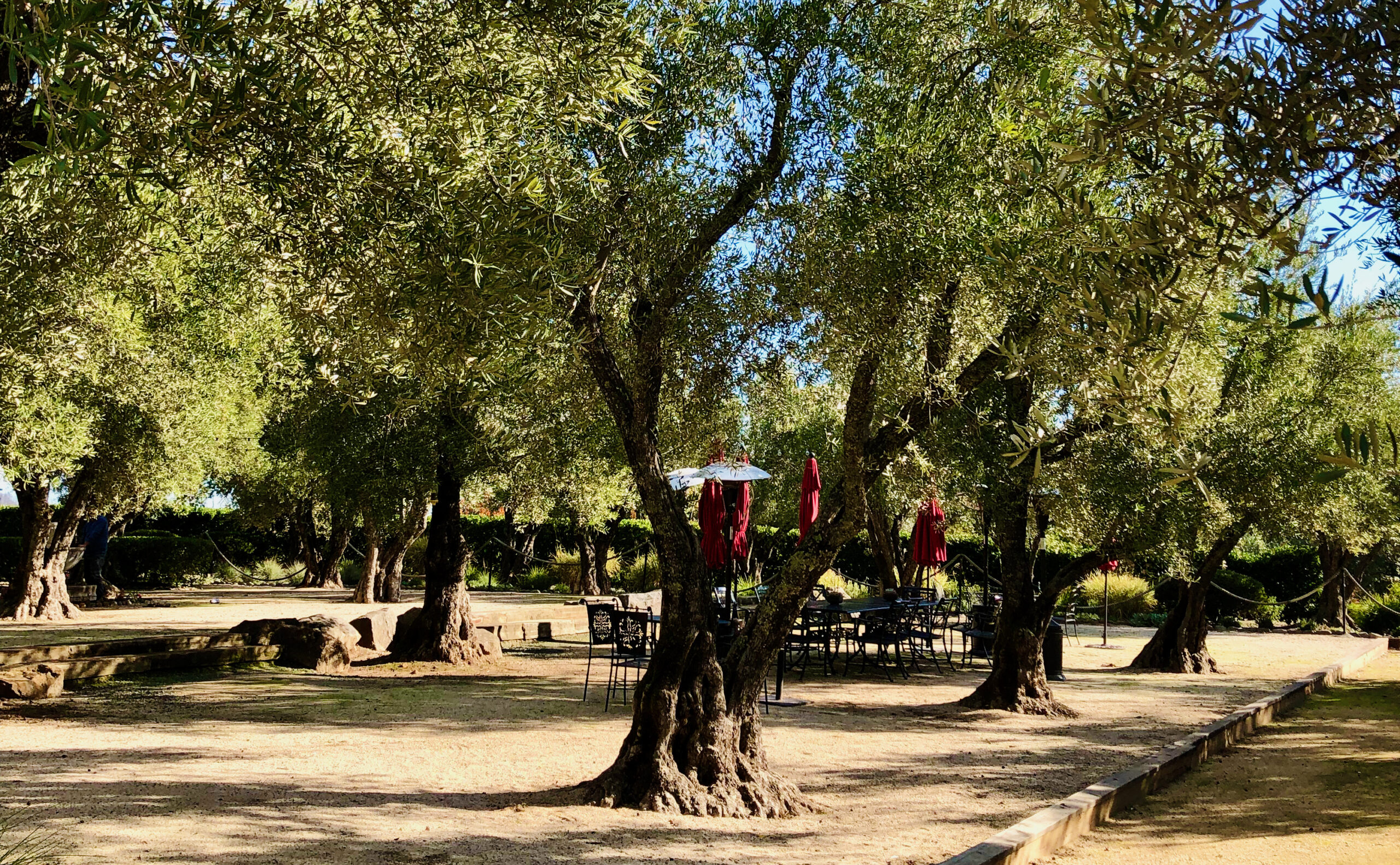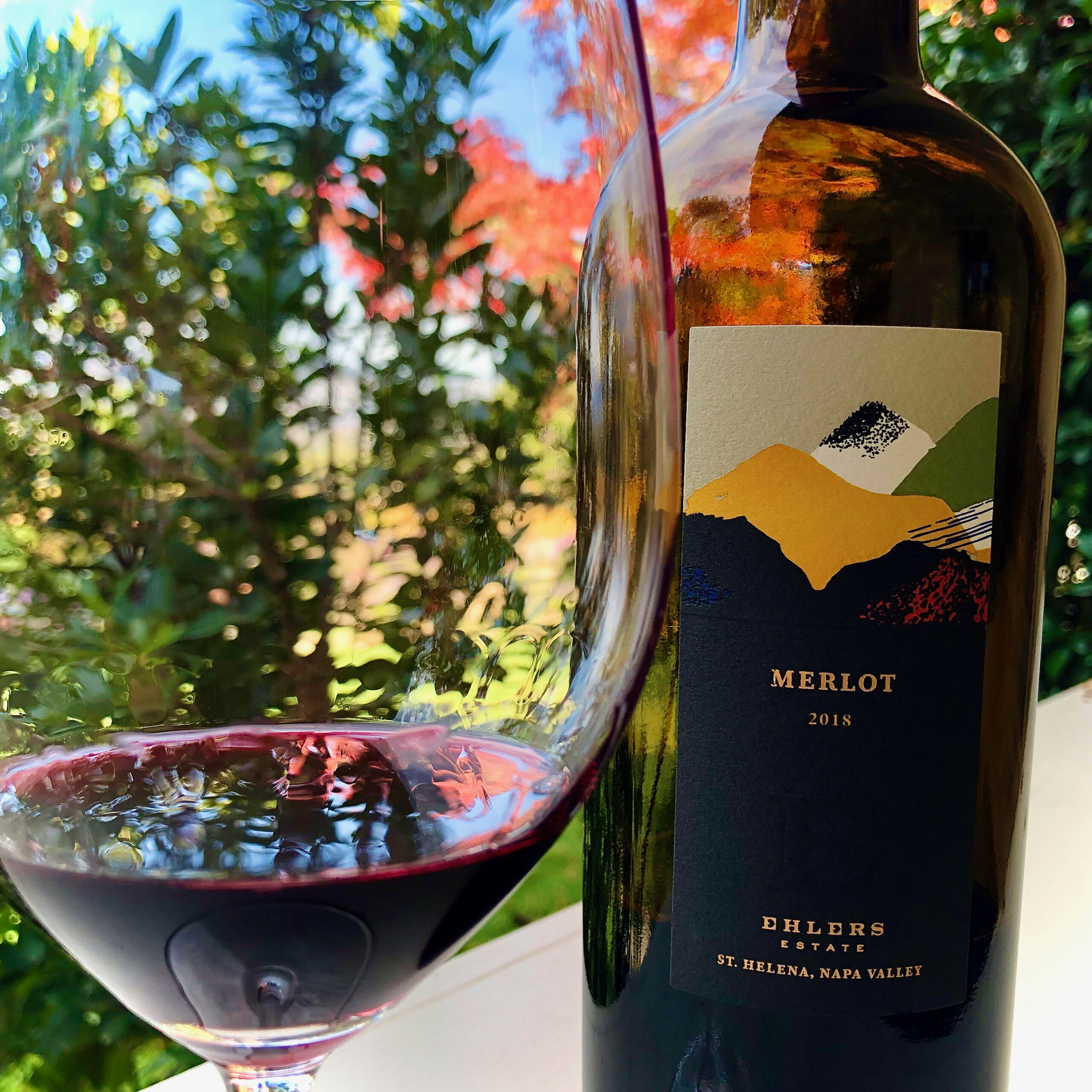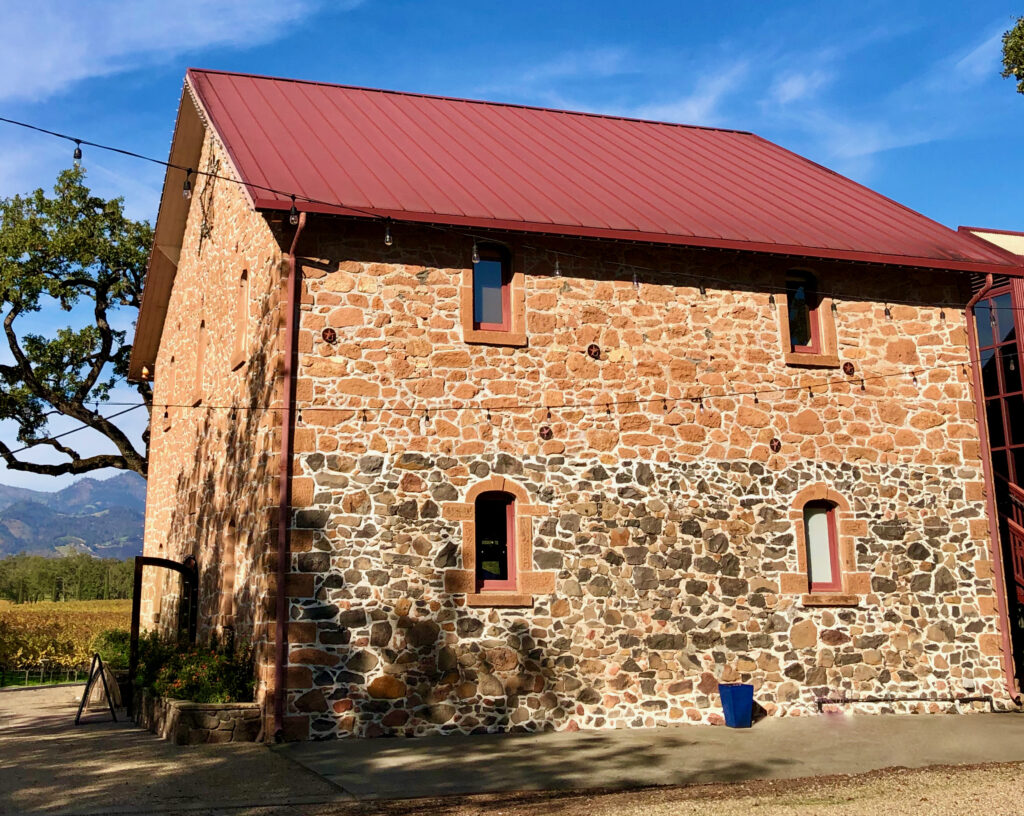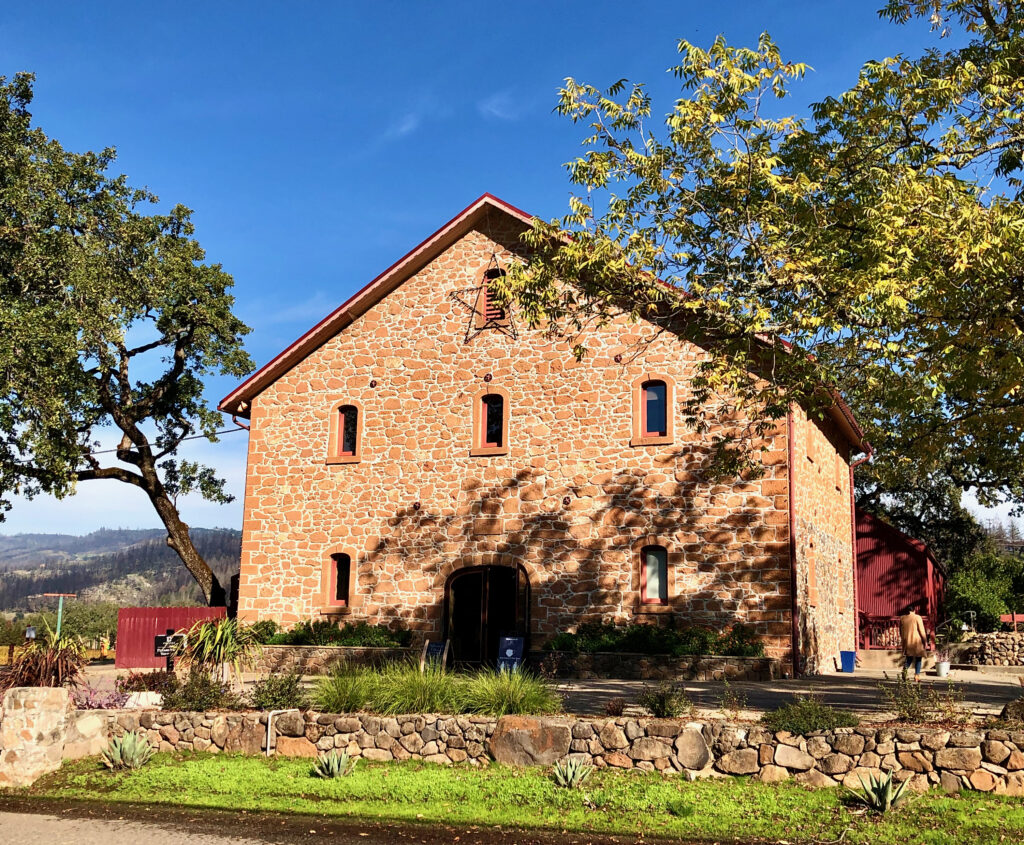St. Helena winery’s lush, subtly powerful Napa Valley wines are ready to drink now but made to age.
In the mid-1880s, Bernard Ehlers, a Sacramento grocer, purchased a St. Helena winery that had fallen on hard times. By 1886, he’d completed construction on the first floor of what became a two-story stone barn. The original Ehlers operation prospered for a few decades, and the winery even survived Prohibition under new owners, if by sometimes shady means. The mid-20th century saw the winery again in decline, but a second revival began in the late 1980s, when a French couple, the late Jean Leducq and his late wife, Sylviane, purchased 7 acres Bernard Ehlers formerly owned and began planting Cabernet Sauvignon and other Bordeaux red grapes.

The Leducqs, whose foundation dedicated to combating cardiovascular disease owns Ehlers Estate, added several adjoining parcels, one with the barn. Currently 40 acres, the estate occupies the Napa Valley’s narrowest portion – what locals describe as “the pinch” – between Spring Mountain to the west and Glass Mountain to the east. The combination of loamy, rocky, well-drained soils and briefer sunlight exposure because of the hillsides, which channel cooling breezes through the pinch most evenings, has proven particularly hospitable to Cabernet Sauvignon and Cabernet Franc.
Organic Farming
One of the Napa Valley’s most respected viticulturists, Michael Wolf, tends the organically farmed vineyards at Ehlers Estate. From this carefully nurtured fruit (supplemented in a few instances with purchased grapes), the winemaking team crafts lush, subtly powerful wines ready to drink now but made to age. The Jean Leducq Cabernet Sauvignon is made entirely of the grape; the flagship red blend, 1886, is sometimes all Cabernet as well. There are also Cabernet Sauvignon–dominant blends (Portrait and the Napa Valley Cabernet Sauvignon) and individual Merlot, Petit Verdot, and Cabernet Franc bottlings. Malbec planted in 2020 will likely find its way into the blends and perhaps a single-varietal wine. On the lighter side are a Sauvignon Blanc and the Sylviane Rosé (mostly Cabernet Sauvignon, with some Cabernet Franc and occasionally Merlot).

Tastings
Tastings at Ehlers Estate are by appointment only. Because they’re individually hosted, the feel is casual yet intimate.
Why go: organic farming practices; property’s history; winery profits benefit heart research.
Itinerary
Ehlers Estate appears in 3 St. Helena Wineries with a Personal Touch.
Info
3222 Ehlers Ln., St. Helena 94574

More Napa Valley Itineraries
3 Historic Napa Valley Wineries Day Trip
48 Perfect Hours in Calistoga
Downtown Napa in a Day
2 Splendid Days in Walkable Yountville
Where to Stay
St. Helena Lodgings Cheat Sheet
This story originally appeared in 2017; it was most recently updated in 2023.

Pingback: 3 St. Helena Wineries with a Personal Touch – Daniel Mangin
Pingback: STORY INDEX BY REGION – Daniel Mangin